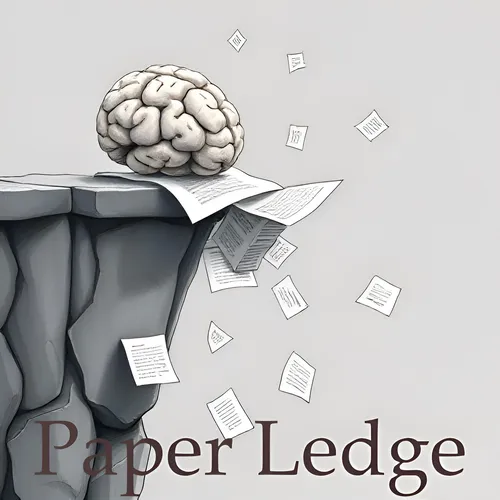Robotics - NeHMO Neural Hamilton-Jacobi Reachability Learning for Decentralized Safe Multi-Agent Motion Planning
- Author
- ernestasposkus
- Published
- Tue 22 Jul 2025
- Episode Link
- https://www.paperledge.com/e/robotics-nehmo-neural-hamilton-jacobi-reachability-learning-for-decentralized-safe-multi-agent-motion-planning/
Hey PaperLedge crew, Ernis here, ready to dive into some fascinating robotics research! Today, we're tackling a big problem: how to get multiple robots to move around safely and efficiently, especially when things get complicated. Think of it like choreographing a complex dance with a whole bunch of robots, without any collisions!
Now, moving one robot from point A to point B is relatively straightforward. But add more robots, and suddenly you've got a coordination nightmare. Traditional methods often fall into two camps:
- Decentralized Approaches: Imagine each robot trying to figure out what everyone else is going to do. They might share plans, make promises ("I'll stay to the right!"), or constantly chat to avoid bumping into each other. But this can get messy and unreliable, especially if someone changes their mind or the communication breaks down. It's like trying to organize a potluck where everyone is guessing what dish others are bringing!
- Centralized Approaches: This is like having a master conductor directing every robot's move. It's great for control, but as you add more robots, the calculations become incredibly complex. Imagine trying to plan every single step for a flash mob of thousands of people in real-time - your brain would explode! This struggles with scalability.
So, what's the solution? Well, the researchers behind this paper came up with something really cool called Neural Hamilton-Jacobi Reachability Learning (HJR). Okay, that's a mouthful, but let's break it down.
Think of it like this: imagine you're playing a video game, and you want to avoid getting hit by an enemy. You need to figure out all the possible paths the enemy could take, and then find a path that keeps you safe. HJR is essentially doing that, but for robots. It's a way of calculating a "safe zone" around each robot, considering all the possible dangers and movements of other robots. Instead of calculating all the safe moves as the robots move, they "learn" the safe and unsafe areas ahead of time.
The "Neural" part means they use a neural network, a type of artificial intelligence, to learn these safe zones. This is super important because it allows them to handle really complex scenarios with lots of robots and tricky obstacles. It is like training a computer to play a video game and learn all the ways to win!
Here's the real kicker: they combined this HJR learning with a decentralized trajectory optimization framework. Basically, each robot uses the "safe zone" information it learned to plan its own path in real-time. This means they can react quickly to unexpected changes and avoid collisions, without relying on constant communication or a central controller.
The researchers showed that this approach is not only scalable but also data-efficient. They tested it on some seriously challenging scenarios, including a 12-dimensional dual-arm setup. Imagine two robot arms working together to assemble something, while also avoiding each other and other obstacles. Their method crushed it, outperforming other state-of-the-art techniques.
As the researchers put it, their method enables the solution of MAMP problems in higher-dimensional scenarios with complex collision constraints.
So, why should you care? Well, this research has huge implications for:
- Manufacturing: Imagine factories filled with robots working seamlessly together to build products faster and more efficiently.
- Logistics: Think about warehouses where robots can navigate complex environments and fulfill orders without bumping into each other.
- Search and Rescue: Envision teams of robots exploring dangerous areas, coordinating their movements to find survivors.
- Self-Driving Cars: While this paper is not directly about self-driving cars, the principles of safe multi-agent motion planning are definitely relevant to how autonomous vehicles navigate crowded streets.
This research brings us closer to a future where robots can work together safely and efficiently in complex environments. It's a really exciting step forward!
Now, before we wrap up, let's think about some questions that this research raises:
- How might we ensure that these AI-powered robots are programmed with ethical considerations in mind, so they prioritize human safety and well-being above all else?
- What happens when we have mixed teams of robots and humans working together? How do we ensure smooth and safe collaboration?
Food for thought! You can even check out the video demonstrations over at https://youtu.be/IZiePX0p1Mc to see this in action. Until next time, keep learning, keep exploring, and keep questioning!
Credit to Paper authors: Qingyi Chen, Ahmed H. Qureshi
